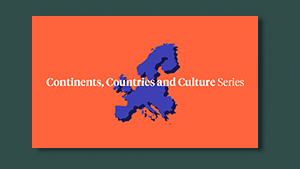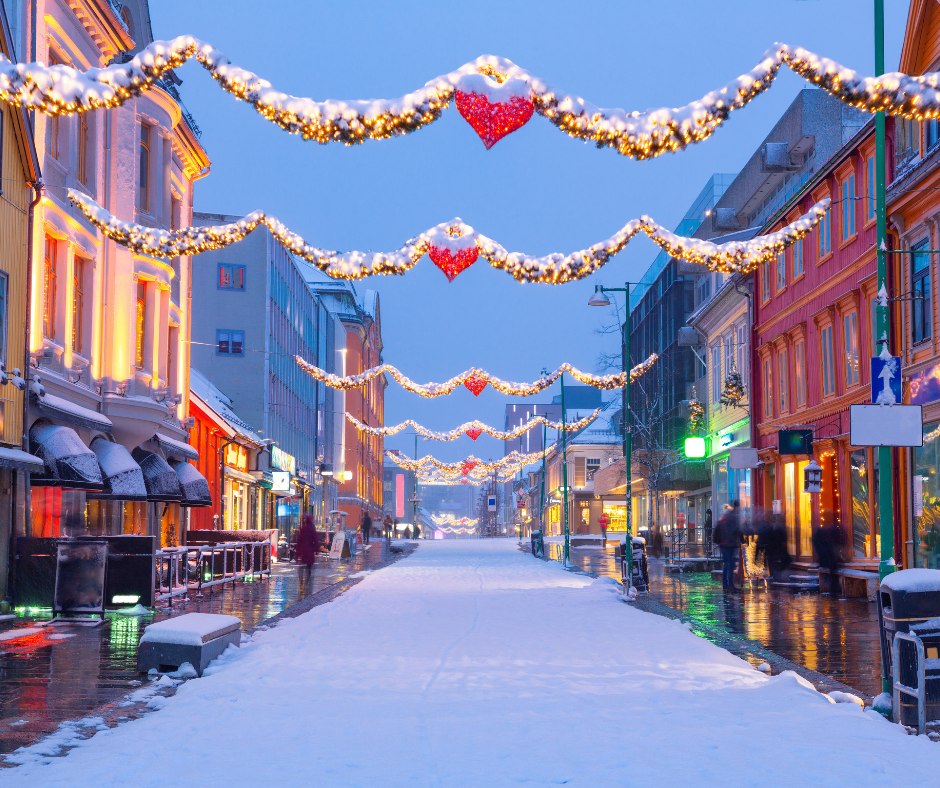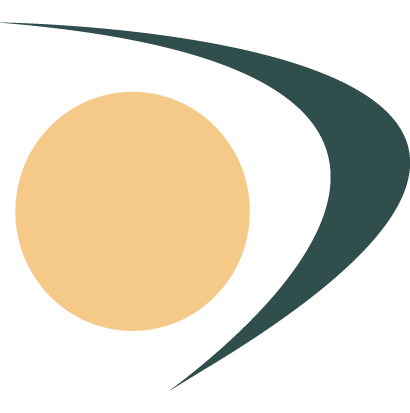Norway Culture, Customs and Traditions

Located in the northernmost corner of Europe, Norway’s picturesque beauty has captivated travelers for centuries. Home to awe-inspiring mountains, serene lakes, and dramatic fjords cradling over 50,000 islands along its coastline – it is easy to see why this country remains such a popular destination worldwide. Its stunning landscape holds only part of what makes it so alluring; with Viking traditions entwined with newer customs that focus on nature appreciation and outdoor activities – Norway boasts an incredibly unique culture. We explore more of Norway’s culture, customs, and traditions below.
Norway Population
The total population of Norway is 5,480,493 (August 2023), equivalent to 0.07% of the global population. Norway has more space than people, with a low population density and 86% of residents living in urban areas. Of those cities, Oslo is the largest, boasting 580,000 inhabitants. Bergen follows closely behind with 213,585 citizens, while Trondheim holds 147,139 individuals who call it home.
Languages of Norway
Norwegian is the official language of Norway and comes in two primary dialects: Nynorsk and Bokmål. While a minority population speaks mainly in Nynorsk, Bokmål has become increasingly popular – especially among urban areas. It’s now also used as the main language in local schools across the country. Apart from Norwegian, other minority languages of Norway like Sami, Rodi, Romani, and Kven are also recognized throughout the country. Additionally, there are many Norwegians who speak English as their second language.
Religion in Norway
The significance of religious influence in Norway’s culture remains resilient, despite a gradual decrease in religious adherence observed in recent years. Among the various religious affiliations, Lutheran Christianity is the dominant religion in Norway. The Church of Norway, recognized as the official Lutheran denomination, boasts a substantial membership, encompassing approximately 65% of the population. Norway also accommodates other Christian denominations, which includes Roman Catholicism. Alongside Christianity, Norway embraces diverse religious communities. Notably, Muslims, Buddhists, Hindus, Sikhs, and Jews, are also officially acknowledged within the nation.
Family Life in Norway
 Family life in Norway is held in high esteem within its society. Despite having relatively small families, relatives tend to live close by. Emphasis on family ties and shared values is particularly strong; with generations frequently coming together for special occasions. Norway’s commitment to gender equality – especially concerning working parents – has made it a trendsetter worldwide.
Family life in Norway is held in high esteem within its society. Despite having relatively small families, relatives tend to live close by. Emphasis on family ties and shared values is particularly strong; with generations frequently coming together for special occasions. Norway’s commitment to gender equality – especially concerning working parents – has made it a trendsetter worldwide.
For instance, the government provides financial aid from birth until age eighteen when either parent works limited hours: an impressive effort demonstrating their dedication towards creating supportive policies and services such as childcare, education options, healthcare resources, and parental leave.
Norwegian Art and Architecture
Norway’s art and architecture are renowned for its innovation, as well as a captivating cultural heritage shaped by the Viking era. Intricate wood carvings and metalwork are just some of the influences that can still be seen today in museums or historical sites across Norway. The country’s art scene is also vibrant – galleries throughout showcase the works of local talent while drawing on nature to create stunning pieces reflecting Norway’s majestic mountains, fjords, and forests. Among them stands Edvard Munch (1863-1944), creator of the widely recognized The Scream, – Scandinavia’s most celebrated artist whose iconic paintings now grace Oslo’s dedicated museum bearing his name.
Norwegian Food
Norwegian food utilizes fresh, organic ingredients from mountainsides, wildernesses, and coastlines. Fish dishes like salmon, cod, and herring feature heavily in traditional Norwegian meals; smoked items such as gravlax or rakfisk are also highly popular due to their preservation methods. Wild game meats like reindeer or elk add rich flavor to many classic recipes, such as lapskaus (stew) or raspeballer (potato dumplings). Sweet treats often consist of lefse – a thin potato flatbread – plus krumkake: delicious waffle-like cookies.
Norwegian Fashion
Norway’s fashion culture draws from its stunning, rugged landscapes and outdoor lifestyle. Quality fabrics such as wool and fur help keep Norwegians warm in the chillier winter months; iconic sweaters like “kofte” or “lusekofte” honor Norway’s rich heritage, while bright Bunad folk costumes are often worn on national day celebrations. The Norwegian fashion scene is diverse, encompassing various styles catering to urban and rural lifestyles. Many local fashion designers are recognized for their eco-conscious approach, incorporating sustainable practices and ethical production methods.
Doing Business in Norway
Norway is a prime destination for conducting business, consistently ranking in the top 10 most attractive countries. With its bountiful resources and robust economy, Norway has attained a remarkable GDP per capita that stands out among other countries in the world. This affluence translates to an enviable standard of living for its citizens. The Norwegian economy primarily revolves around its offshore oil & gas sector. However, other developing sectors include shipping, hydropower, seafood production, timber, metals, telecommunication, and healthcare services. When it comes to doing business in Norway, Norwegians emphasize equality, collaboration, a flat hierarchical structure, open communication, and respect for local customs, such as punctuality.
Norwegian Holidays and Celebrations
Norway has a vibrant holiday culture, and thanks to generous company vacation allowances, residents enjoy a number of days off throughout the year. The most popular holidays and celebrations are as follows:
- New Year’s Day (January 1)
 Northern Lights Festival (January 26 – February 2)
Northern Lights Festival (January 26 – February 2)- Maundy Thursday (April 6)
- Good Friday (dates vary)
- Easter (dates vary)
- Labor Day (May 1)
- Constitution Day (May 17)
- Ascension Day (May 18)
- Whit Monday (May 28-29)
- Bergenfest – one of the largest music festivals in Europe (mid-June)
- St. Olaf’s Day – the day of St. Olaf, the patron of Norway (July 29)
- Hell Blues Festival (early September)
- Christmas Day (December 25)
- St. Stephen’s Day (December 26)
Common Norwegian Language Expressions
Mastering a few basic Norwegian phrases is an excellent way to express gratitude for the services provided and engage with the local culture. The most common Norwegian language expressions are listed below.
- Yes: Ja
- No: Nei
- Thank you: Takk
- Please: Vær så snill
- Excuse me: Unnskyld meg
- Hello: Hallo
- Goodbye: Ha det bra
- Good night: God natt
- Good morning: God morgen
- How are you?: Hvordan går det med deg?
- I’m fine: Jeg har det bra
- What is your name?: Hva heter du?
- I’m (name): Jeg er (navn)
- Nice to meet you: Hyggelig å møte deg
- Where are you from?: Hvor er du fra?
- I’m sorry: Jeg beklager
- Excuse me: Unnskyld meg
- You’re welcome: Vær så god
Translation for the Norwegian Market
Professional translation is crucial when targeting the Norwegian market. Effective translation ensures that your content resonates with the local audience while also conveying your message with precision. Collaborating with GPI’s professional, native Norwegian translators guarantees linguistic authenticity and an understanding of the subtle nuances of the language. Adapting content to reflect Norwegian cultural values, traditions, and references enhances the relatability and impact of your message. Whether it’s translating marketing materials, website content, or legal documents, investing in high-quality translation services tailored specifically for the Norwegian market is a strategic choice that contributes to successful communication and business growth.
